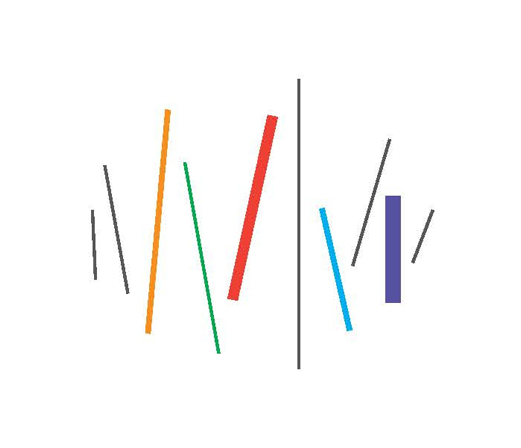Other research and professional projects
Identity and the body in advertising
About project
Project basics
- Duration: 2014 - 2017
Project description
Advertisements often use gender stereotypes contributing to the selective diversity of the standardized gender typology. The project aims to explore the social bases and saturation of the advertisements with gender stereotypes on a sample of advertisements that are broadcast in prime time on selected most viewed Croatian television stations. The analysis of gender stereotypes will include the exploration of a human body positioned in the central discourse of modern advertising in terms of its objectification and normalization, and given the function and content of advertising messages. Also, the presence of gender hierarchy and the possibility of “utopian reversal” of the patriarchal pattern in the way of forming gender roles will be investigated.
The research will be conducted in three stages:
- Collecting and consulting the relevant and available literature and developing the theoretical and analytical research framework.
- Recording of television advertisements will be realized in cooperation with the Agency for Electronic Media (AEM).
- Qualitative analysis of the program will be carried out using a discourse analysis method. Also, secondary data sources will be analysed.
It is expected that the research will reveal potential (positive and negative) manipulations of gender identities in accordance with the content of gender stereotypes. Methods of data collection are consistent with the methods used in relevant international research. The research will be complemented by statistical data from secondary sources.
Project benefits: Synergy of the areas of culture and gender is listed as one of the priorities of the National Policy for Gender Equality 2011 – 2015. In this regard, special attention is paid to the analysis of media content in order to detect the prevalence of gender stereotypes which is consistent with the policy of combating gender stereotypes and with the introduction of gender-sensitive policies in the media. International dissemination of the results, writing research reports, and direct cooperation with the Office for Gender Equality is also expected.
Logo

